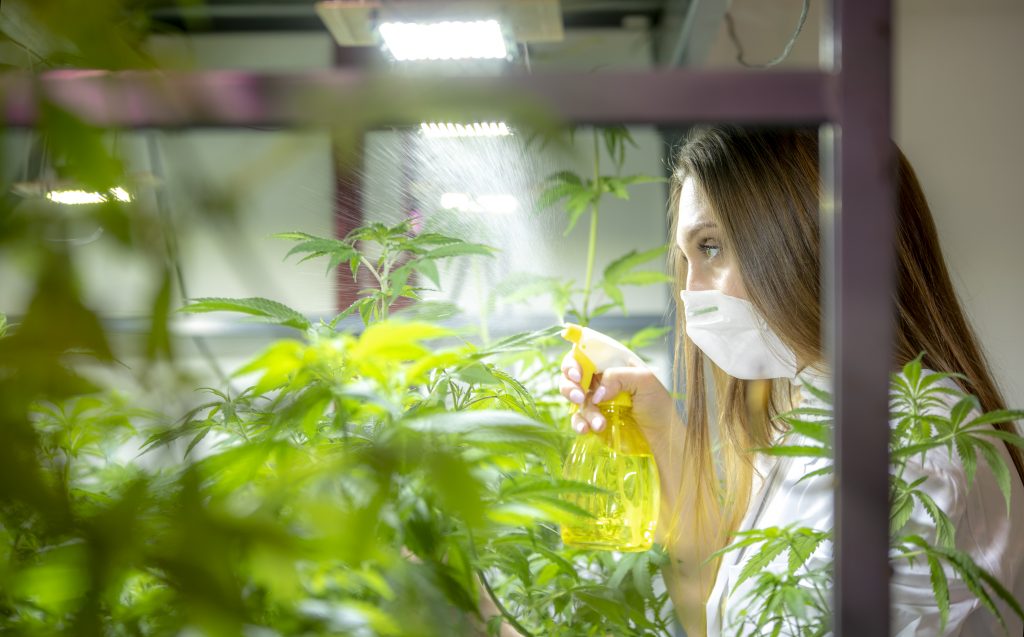
By Clint Thompson
The Multi-Peril Crop Insurance (MPCI) Pilot Insurance Program will not protect producers of hemp if the THC level of their crop is higher than the accepted 0.3 percent range, according to Martin Barbre, administrator of the Risk Management Agency.
“We want to make it clear, abundantly clear, hemp that contains THC above the compliance level laid out by the farm bill is an uninsurable cause of loss and will result in hemp production being ineligible for production history purposes,” said Barbre, who emphasized the point during a conference call on Feb. 6.
According to the 2018 farm bill, hemp is defined as containing 0.3 percent or less of THC on a dry weight basis. When hemp contains more than 0.3 percent THC, the crop must be destroyed. THC levels must be tested within 15 days of anticipated harvest.
Barbre added that producers who plan to participate in MPCI must notify their insurance companies with the result of their THC testing within 72 hours of receiving the notification from the governing authority who provided the results.
According to a U.S. Department of Agriculture press release, the MPCI Pilot Insurance Program is a new crop insurance option for hemp producers in select counties of 21 states for the upcoming crop year. The program is available for eligible producers in certain counties in Alabama, California, Colorado, Illinois, Indiana, Kansas, Kentucky, Maine, Michigan, Minnesota, Montana, New Mexico, New York, North Carolina, North Dakota, Oklahoma, Oregon, Pennsylvania, Tennessee, Virginia and Wisconsin.
Barbre said it protects against loss of yield of insurable causes for hemp grown for fiber, grain or CBD oil. Producers can apply for the insurance before the March 16 deadline.
“To be eligible, all growers must have a license to grow hemp, available through their state, their tribe or if they’re in an area that doesn’t have a regulation, they can get that from the federal as well. They must comply with those appropriate state, tribal or federal regulations according to the 2018 farm bill,” Barbre said. “Or, as an option for 2020, they must be operating under a state or university research pilot that was authorized by the 2014 farm bill.”
Additional requirements include at least one year of hemp production history and a contract for purchase of the insured hemp. For crop insurance, the producer must have a minimum of 5 acres for CBD or 20 acres for grain and fiber.
The program is still in the pilot stage. Barbre looks forward to feedback from growers during the upcoming crop year.
“We will use any feedback to make the program better and continue to think of ways to support producers who want to reap the benefits of growing this new product,” Barbre said.
For more information about hemp production, see https://www.farmers.gov/manage/hemp.









